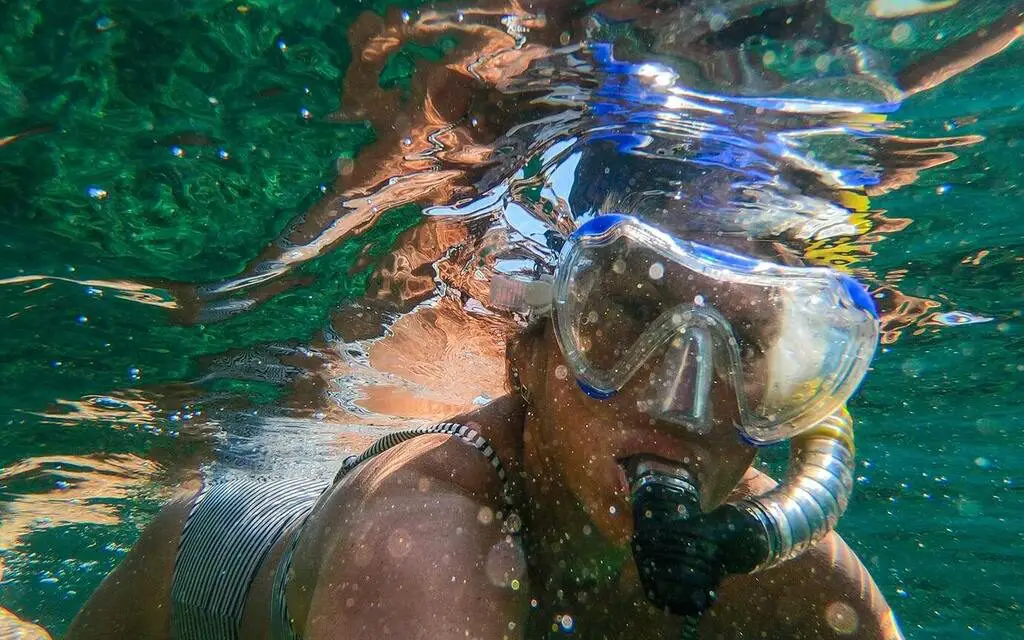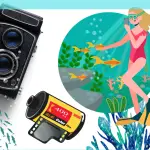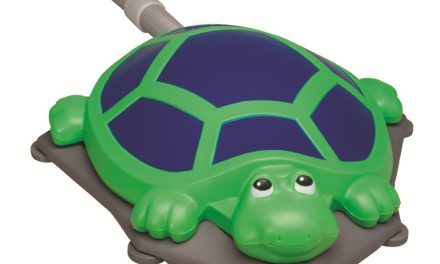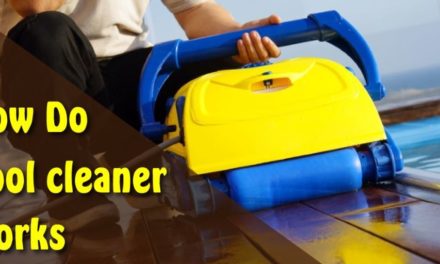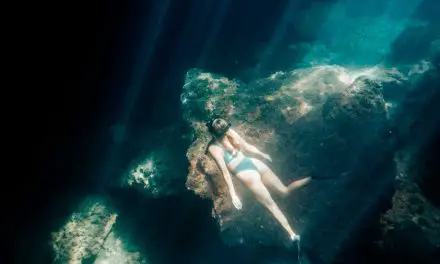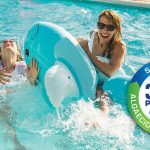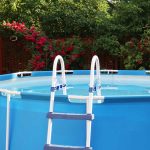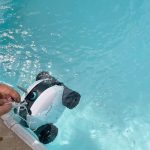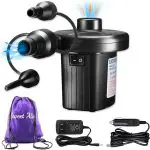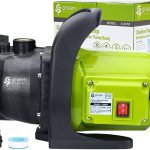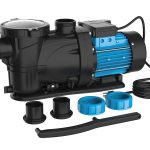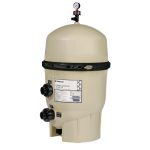A snorkel works by allowing you to breathe while floating face-down in the water, with a tube extending above the water surface to access fresh air. Snorkeling involves breathing through the snorkel tube while keeping your face submerged, allowing you to explore underwater without having to come up for air constantly.
Snorkels typically have a mouthpiece and a flexible tube that connects to a snorkel mask, allowing you to inhale and exhale air without water entering the tube. This facilitates comfortable and continuous breathing while enjoying the underwater scenery. The design of the snorkel prevents water from entering the tube, ensuring a clear airway for the snorkeler.
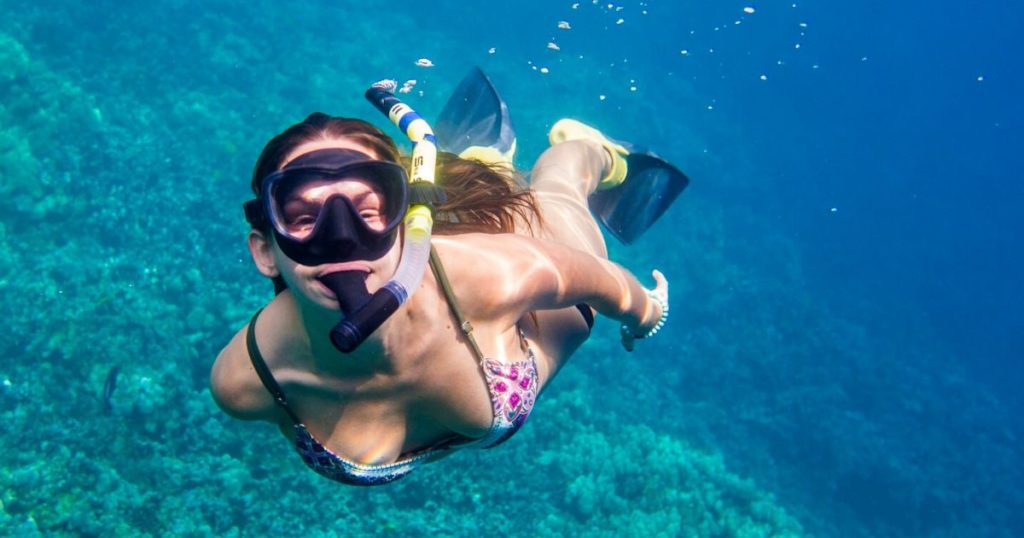
Credit: www.seaparadise.com
Snorkel Basics: What You Need To Know
Learn everything you need to know about how a snorkel works, from the positioning of the snorkel to proper breathing techniques underwater. Discover the basics and essentials of snorkeling for a safe and enjoyable experience.
The world beneath the surface of the water is a fascinating place, full of vibrant coral reefs, colorful fish, and mesmerizing marine life. And if you’re an adventurous individual who wants to explore this underwater paradise, then you need to know all about snorkeling.
In this section, we will delve into the basics of a snorkel and how it enables breathing underwater. So, let’s dive in!
Definition And Purpose Of A Snorkel
- A snorkel is a breathing apparatus that allows you to stay underwater for prolonged periods without the need to resurface.
- It consists of a tube-like device with a mouthpiece that connects you to the air above the water surface.
- The primary purpose of a snorkel is to enable comfortable and continuous breathing while submerged, allowing you to observe the underwater world effortlessly.
Components Of A Snorkel
A snorkel is composed of several essential components, working together to ensure efficient and enjoyable underwater breathing:
- Tube: The main part of a snorkel, the tube, is usually made of durable plastic or silicone. It is long enough to extend above the water surface while keeping your mouth and nose submerged.
- Mouthpiece: The mouthpiece is the part of the snorkel that you place in your mouth to breathe. It is designed to be comfortable and allows for easy airflow.
- Splash Guard: Located at the top end of the snorkel tube, the splash guard prevents water from entering the snorkel when waves or splashes occur.
- Purge Valve: Some snorkels come with a purge valve, which allows you to easily clear any water that may enter the tube, ensuring uninterrupted breathing.
- Flexible Joint: The snorkel often features a flexible joint that allows the user to adjust the angle of the mouthpiece for a comfortable fit.
- Strap or Clip: Many snorkels have a strap or clip attachment to secure the tube to your diving mask, keeping it in place during underwater exploration.
How A Snorkel Enables Breathing Underwater
- When you put on your snorkel gear and position yourself face down in the water, the tube of the snorkel extends above the surface, allowing you to breathe.
- As you inhale, air enters through the snorkel and travels down the tube, providing you with a continuous flow of fresh air.
- The mouthpiece ensures a comfortable and secure fit, allowing you to breathe naturally while exploring the underwater world.
- If water enters the snorkel, the splash guard helps prevent it from reaching your mouth, while the purge valve allows for easy clearing of any water that may accumulate.
- With the help of a snorkel, you can take long, relaxed breaths while enjoying the beauty and tranquility that lies beneath the surface of the water.
So, whether you’re snorkeling in a tropical paradise or exploring a local dive site, understanding the basics of how a snorkel works is essential for an enjoyable and safe underwater experience. With your snorkel firmly in place, you can now dive into the depths and uncover the wonders that await beneath the waves.
Happy snorkeling!
Types Of Snorkels And Their Features
Snorkels come in various types with different features, allowing snorkelers to explore underwater. These snorkels work by providing a breathing tube above the water’s surface, allowing you to breathe while observing marine life.
Snorkels come in different types, each with its own set of features and advantages. Understanding the differences can help you choose the right snorkel for your needs. Let’s explore the three main types of snorkels: Traditional Snorkels, Dry Snorkels, and Semi-Dry Snorkels.
Traditional Snorkels: Pros And Cons
Traditional snorkels are the most basic and commonly used type. Here are the pros and cons of using a traditional snorkel:
- Compact and lightweight design: Traditional snorkels are often compact and lightweight, making them easy to carry and use.
- Simple breathing mechanism: These snorkels feature a simple tube design, allowing you to breathe while your face is submerged in the water.
- Affordable: Traditional snorkels are generally more affordable compared to other types.
However, there are some downsides to using traditional snorkels:
- Water entry: In rough water or during dives, traditional snorkels are prone to water entry, resulting in the need for clearing the snorkel frequently.
- Inconvenient for diving: If you’re looking to dive deeper, traditional snorkels can limit your ability to do so due to their design.
Dry Snorkels: Advantages And Disadvantages
Dry snorkels are designed to prevent water from entering the breathing tube. Here are the advantages and disadvantages of using a dry snorkel:
- Dry-top valve: Dry snorkels have a mechanism that prevents water from entering the tube when you dive or if waves splash over the top.
- Easy to clear: Dry snorkels are equipped with purge valves that make it easy to clear any water that gets inside the tube.
- Suitable for beginners: Dry snorkels are often recommended for beginners as they provide a more comfortable and hassle-free experience.
Despite their advantages, there are some disadvantages associated with dry snorkels:
- Buoyancy: Dry snorkels can have extra buoyancy due to their design, which might affect your overall balance while swimming.
- Limited airflow: Some dry snorkels have a narrower tube, which can restrict airflow compared to traditional snorkels.
Semi-Dry Snorkels: Features And Benefits
Semi-dry snorkels combine the features of both traditional and dry snorkels. Here’s an overview of the features and benefits of using a semi-dry snorkel:
- Splash guard: Semi-dry snorkels come with a splash guard at the top, which helps prevent water from entering the tube during surface swimming.
- Adjustable dry-top valve: Unlike traditional snorkels, semi-dry snorkels have an adjustable dry-top valve that allows you to control the amount of airflow.
- Enhanced comfort: With a semi-dry snorkel, you can enjoy improved comfort and reduced water entry compared to traditional snorkels.
While semi-dry snorkels offer some advantages, they also have a few considerations:
- Breathing resistance: Due to the added dry-top valve mechanism, semi-dry snorkels can have increased breathing resistance compared to traditional snorkels.
- Price: Sem-dry snorkels are usually priced higher than traditional snorkels due to their added features.
Understanding the different types of snorkels and their features can help you choose the right one based on your snorkeling preferences and needs. Whether you opt for a traditional snorkel, a dry snorkel, or a semi-dry snorkel, each type has its unique advantages and disadvantages.
The Mechanics Of Snorkeling: How To Use A Snorkel Properly
Learn the mechanics of snorkeling and how to use a snorkel properly. Discover how a snorkel works and the correct techniques for breathing with a snorkel underwater.
When exploring the underwater world, using a snorkel can greatly enhance your experience. To get the most out of your snorkeling adventure, it’s important to understand the proper positioning and alignment of the snorkel, breathing techniques, clearing water from the snorkel, safety tips, and diving techniques with a snorkel.
Let’s dive in and explore these topics in more detail.
Proper Positioning And Alignment Of The Snorkel:
- Ensure that the snorkel is in the correct position before diving in.
- The snorkel should be centered in your mouth, with the mouthpiece resting comfortably between your teeth.
- Make sure the snorkel is aligned with your face and not at an angle.
- Adjust the snorkel strap to fit securely around the back of your head for added stability.
Breathing Techniques For Snorkeling:
- To breathe properly while using a snorkel, follow these techniques:
- Breathe through your mouth, keeping your lips sealed around the mouthpiece.
- Slowly inhale and exhale to maintain a steady flow of air.
- Take deep breaths, filling your lungs completely to maximize oxygen intake.
- Practice rhythmic breathing to stay calm and conserve energy.
Clearing Water From The Snorkel:
- Occasionally, water may enter your snorkel, but there are simple techniques to clear it:
- Exhale forcefully through the snorkel to blow water out.
- Use a blast-clearing method by forcefully exhaling multiple short bursts of air.
- If necessary, lift your head above water to allow gravity to drain the water naturally.
- Remember to clear water as soon as you feel it in the snorkel to avoid inhaling it.
Safety Tips For Snorkeling:
- Prioritize safety while snorkeling by following these guidelines:
- Always snorkel with a buddy to ensure assistance is available if needed.
- Choose a snorkeling location suitable for your skill level and experience.
- Wear a life jacket or buoyancy aid for added safety, especially if you are not a confident swimmer.
- Avoid touching or disturbing marine life to protect the delicate ecosystem.
- Check weather conditions and ocean currents before entering the water.
- Stay hydrated and protect yourself from sunburn by wearing sunscreen and a hat.
Diving Techniques With A Snorkel:
- Although snorkels are primarily designed for surface breathing, they can be used for diving as well:
- Take a deep breath before submerging and hold it as you dive beneath the water.
- Keep the top end of the snorkel above the waterline to ensure continuous airflow.
- Once you resurface, exhale forcefully through the snorkel to clear any water that may have entered.
- Practice controlled descents and ascents to avoid sudden changes in pressure.
By understanding the mechanics of snorkeling and using a snorkel properly, you can enjoy a comfortable and immersive underwater experience. Remember to practice these techniques and prioritize safety to make the most of your snorkeling adventures. Happy snorkeling!
Frequently Asked Questions Of How Does A Snorkel Work?
How Do You Breathe Underwater With A Snorkel?
When snorkeling, you can breathe underwater using a snorkel, but only while floating on the surface.
Can You Breathe Deep Underwater With A Snorkel?
No, you cannot breathe deep underwater with a snorkel. Snorkels only allow you to breathe on the water’s surface.
How Does Water Not Go Down A Snorkel?
Water does not go down a snorkel because the tube is positioned above the water surface, allowing you to breathe air.
Conclusion
Snorkeling is an exciting and accessible way to explore underwater environments. Now that you understand how a snorkel works, you can fully appreciate the ease and enjoyment it brings to your underwater adventures. By allowing you to breathe without having to lift your head out of the water, snorkels enable you to observe the beauty beneath the surface for longer periods of time.
The simple design and functionality of a snorkel, including the tube and purge valve, ensure a comfortable and efficient breathing experience. Additionally, wearing the right snorkeling gear, such as a mask, fins, and wetsuit, further enhances your experience underwater. Remember to always prioritize safety while snorkeling, and follow proper techniques for clearing water from your snorkel and mask.
With the right equipment and knowledge, snorkeling can be a rewarding and unforgettable experience. So get out there, dive in, and explore the wonders of the underwater world with a snorkel!

